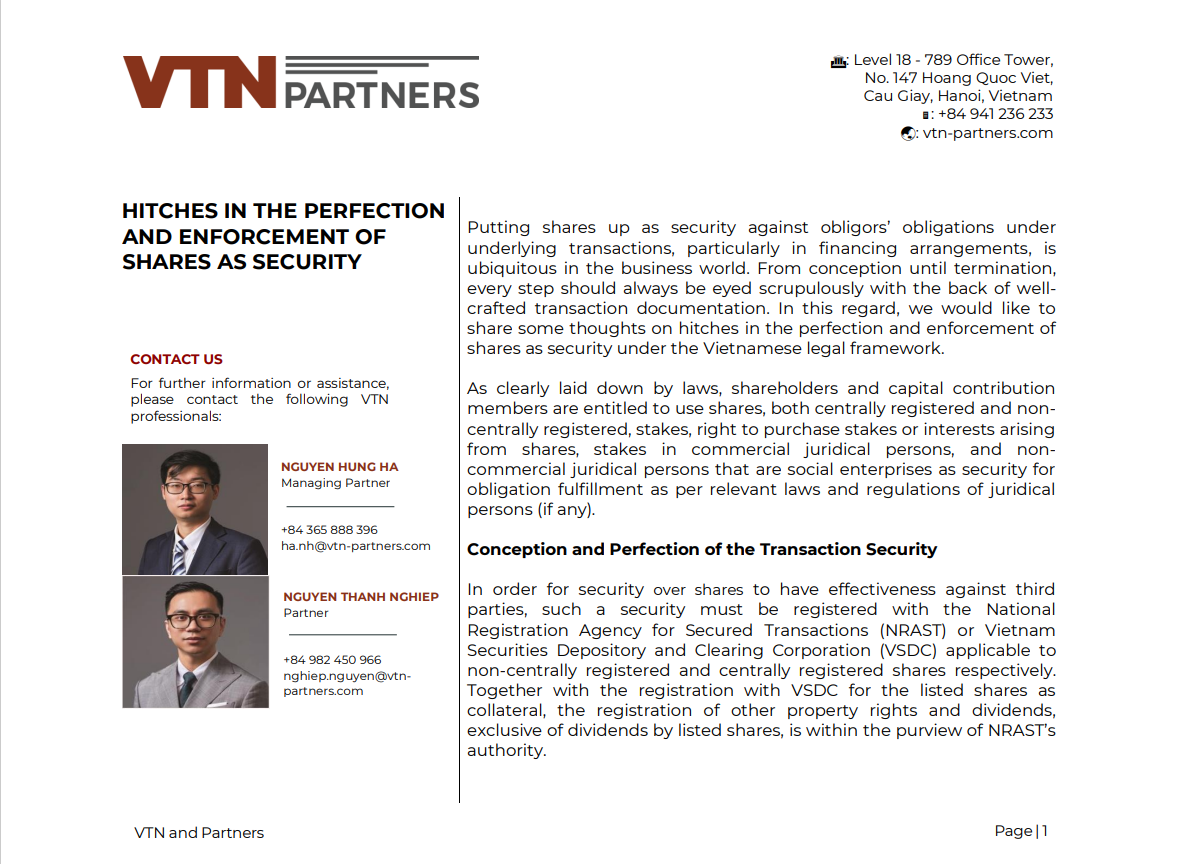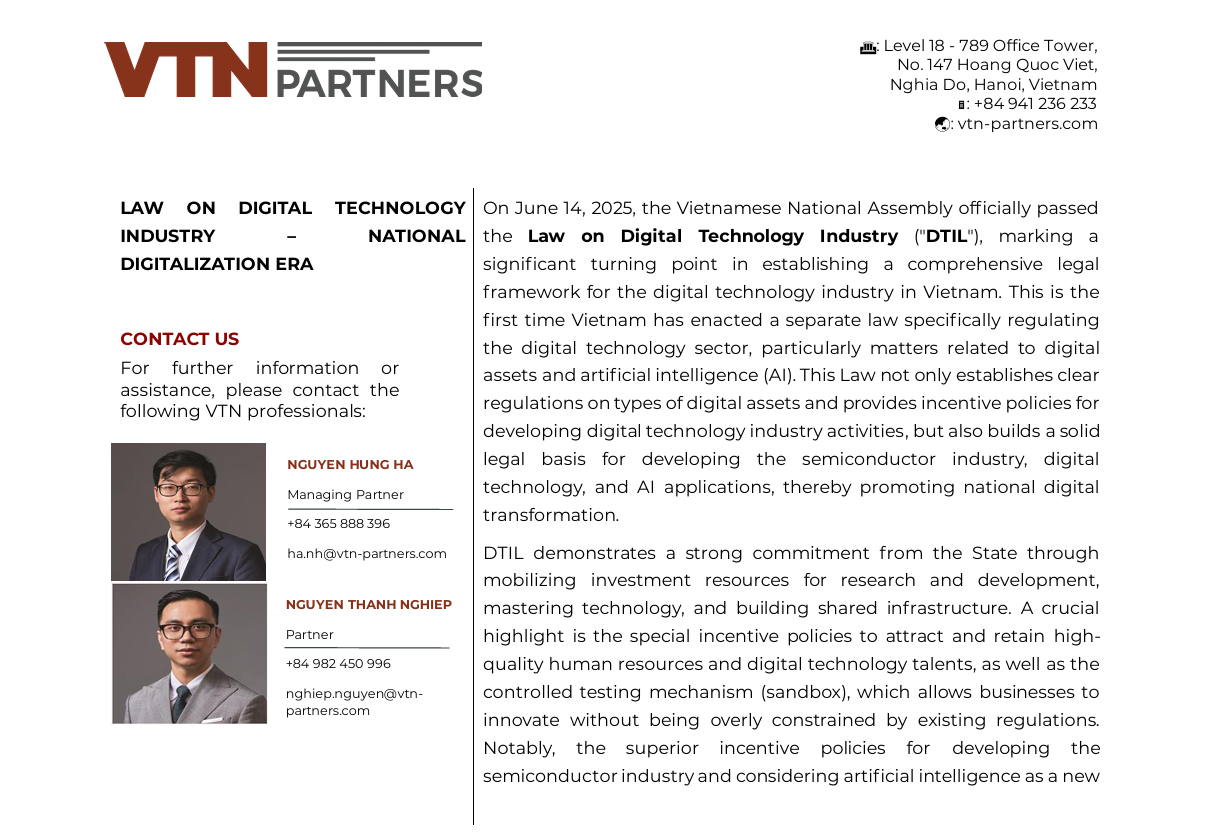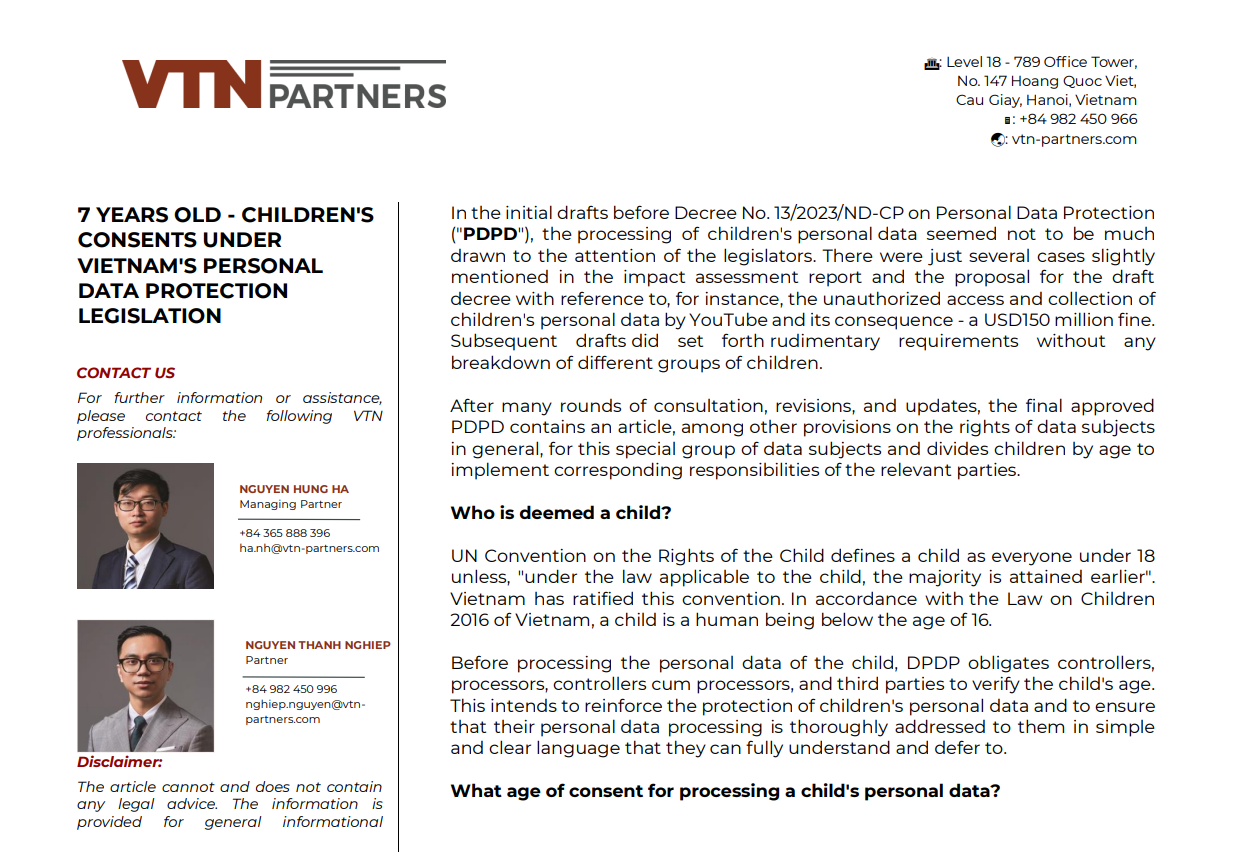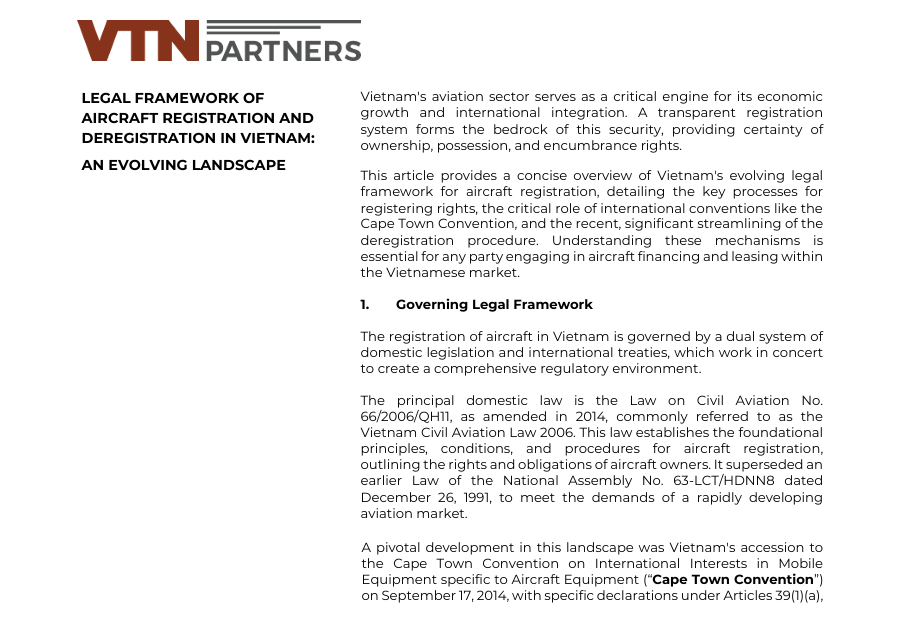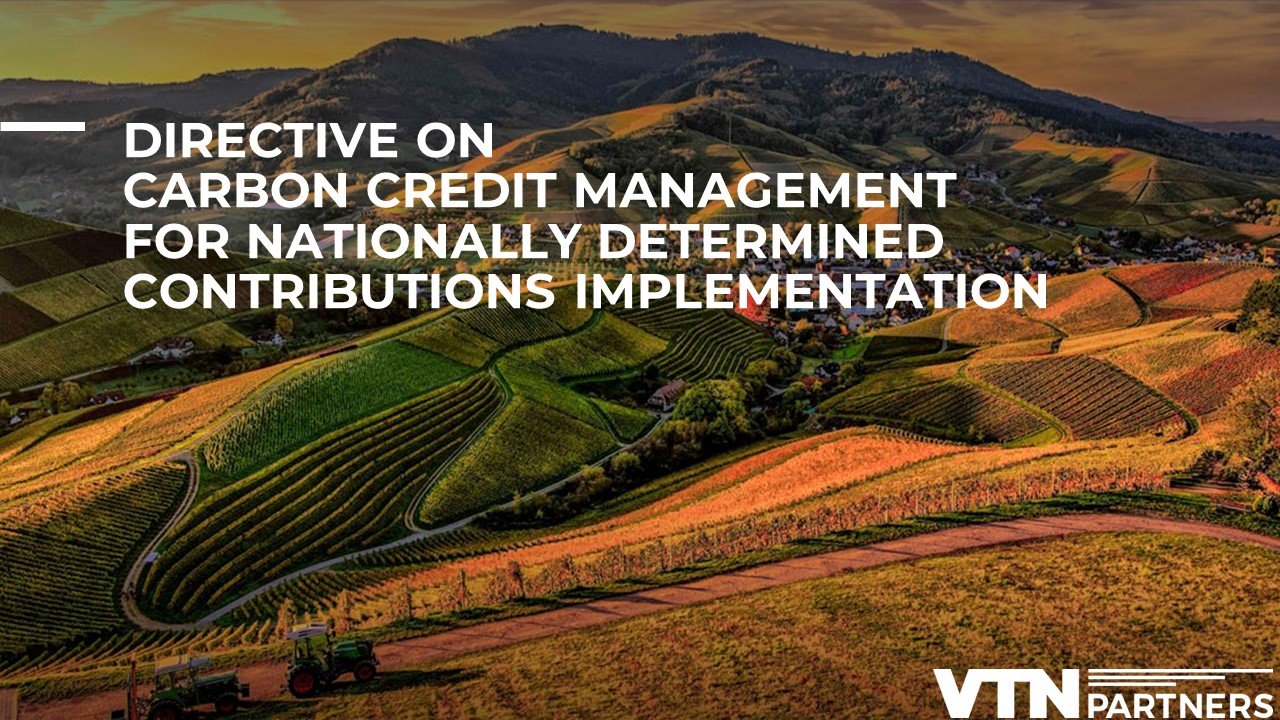This post is written by Nguyen Minh Chau and edited by Nguyen Thanh Nghiep
Another notable feature of Vietnam’s new International Financial Center (“IFC”) framework is the inclusion of provisions on a financial sandbox for fintech and innovation. However, Resolution No. 222/2025/QH15 (“Resolution 222”) leaves certain aspects undefined, to be further detailed through subsequent legislative instruments. This article draws on Vietnam’s existing regulatory sandbox framework to provide recommendations for addressing these gaps.
Scope of Application
Article 24 of Resolution 222 stipulates that the IFC Executive Authority shall establish financial sandboxes for technologies, products, services, and business models that are not yet regulated by law. However, it does not specify which types of fintech products or services would be eligible for participation. In comparison, Decree No. 94/2025/ND-CP on the regulatory sandbox in the banking sector (“Decree 94”) applies only to three categories of fintech solutions: (i) credit scoring; (ii) data sharing via open APIs; and (iii) peer-to-peer (P2P) lending.
Unlike the narrowly defined scope under Decree 94, the IFC sandbox should avoid adopting an exhaustive list of eligible fintech solutions. Overly restrictive categorization could limit innovation and undermine the IFC’s objectives – namely, attracting capital, stimulating economic growth, creating a platform for sophisticated financial transactions, and enhancing national competitiveness. Nonetheless, certain limitations are necessary to control potential risks, particularly as Vietnam is in the early stages of both establishing the IFC and implementing sandbox mechanisms.
Testing Duration
In addition to the scope of application, the testing duration for the IFC sandbox is also left undefined, whereas other regulatory sandbox frameworks in Vietnam have set clear time limits. For example, Decree 94 allows a two-year testing period with a maximum extension of an additional two years. In the field of science and technology, the Law on Science, Technology and Innovation permits a three-year testing period with a maximum one-year extension. Even with the maximum extensions, these frameworks only allow for a total of four years, which may be too short to adequately assess the commercial viability of fintech products or solutions and to attract long-term investment.
Vietnam’s IFC could consider adopting a more flexible approach, allowing the testing duration to be determined on a case-by-case basis, subject to a thorough assessment of each product, service, or solution.
Registration Procedure and Supervising Mechanism
A further critical issue is the registration process and supervising mechanism, both essential to safeguarding Vietnam’s economy and protecting consumers of services and products tested under the sandbox.
Under Decree 94, participation in the banking-sector sandbox requires registration with the State Bank of Vietnam (“SBV”) to obtain a Certificate of Participation. The SBV, in coordination with relevant ministries, appraises applications, decides on certification, and acts as the primary supervisory authority during the testing phase.
Meanwhile, Resolution 222 vests the IFC Executive Authority with the power to regulate and supervise fintech sandbox activities. This raises an important question: for solutions, products and services developed within the IFC but falling within the scope of Decree 94, should participants be required to also undergo the SBV’s registration process? The answer should be no. The registration process and selection criteria should be specifically designed to align with the IFC’s objectives, operational structure and international positioning.
Nevertheless, it remains imperative to establish clear limits on the permissible scope of sandbox testing. A relevant precedent exists in Da Nang City, where the Municipal People’s Council was empowered to design and operate its own sandbox mechanism for technology solutions, subject to the restriction that all testing activities remain within the jurisdiction of Da Nang City. The IFC could adopt a similar approach – administering the sandbox independently – provided that a comprehensive legal framework is in place and the scope of eligible activities, whether in terms of sectoral coverage or market impact, is clearly defined.
Conclusion
The IFC sandbox is not merely another component of Vietnam’s regulatory sandbox framework – it is a pivotal instrument for shaping the IFC into a competitive and forward-looking financial hub. By defining its own scope, testing duration, and supervisory regime in alignment with the IFC’s strategic objectives, the sandbox can serve as a catalyst for high-quality innovation and investment. A legal framework for a regulatory sandbox that combines clarity with operational flexibility will enable the IFC to attract leading fintech players while safeguarding financial stability.

